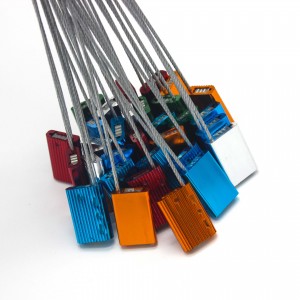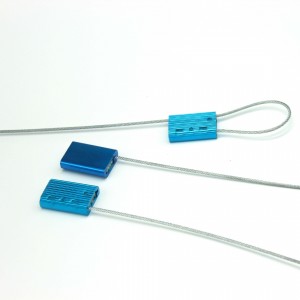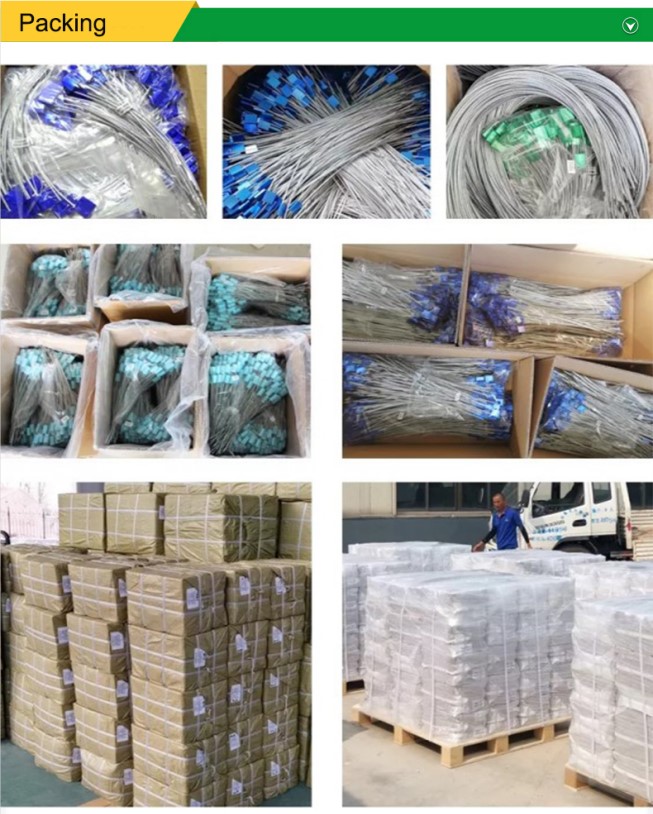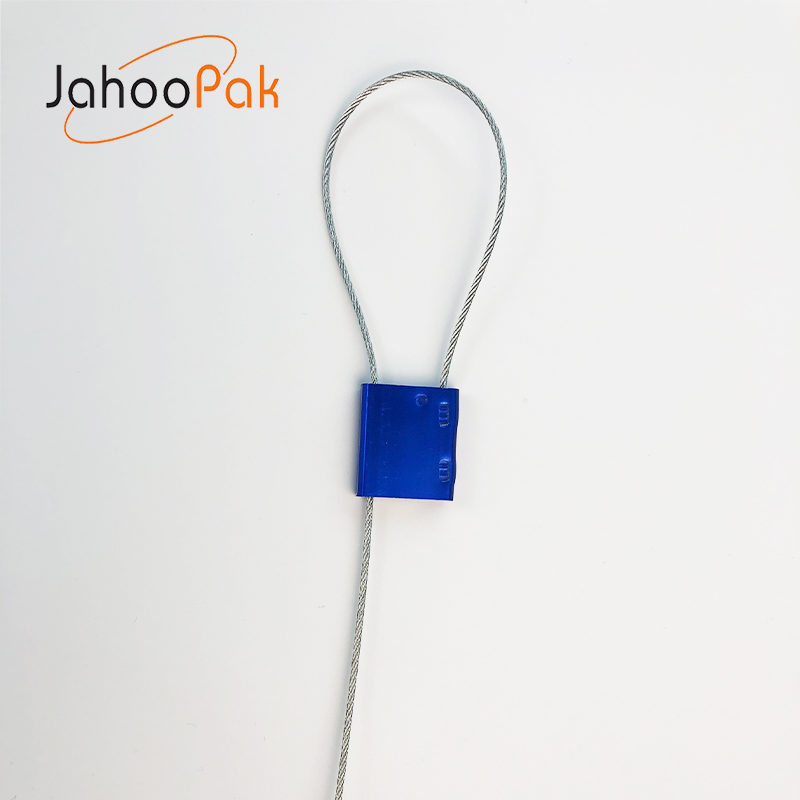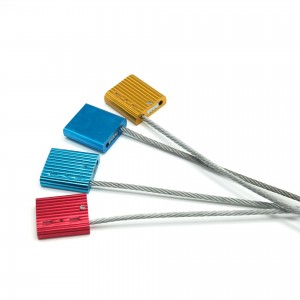Product profile
A cable seal (or cable lock seal) is a security device used to prevent unauthorized access, tampering, or theft of containers, meters, trucks, or other secured items. It consists of a durable plastic or metal body with an embedded steel cable that loops through an object (like a door, valve, or meter) and locks into place. Once secured, it can only be removed by cutting the cable or breaking the seal.
Product application
- Insert the Cable – Thread the flexible steel cable through the item you want to secure (e.g., a container door, meter, or valve).
- Lock the Seal – Push the cable end into the locking mechanism until it clicks.
- Verify Security – Tug the seal to ensure it’s firmly locked.
- Record the Seal Number (if applicable) – Many seals have unique serial numbers for tracking.
- Remove by Cutting – When authorized, cut the cable with bolt cutters or scissors (destructive removal ensures tamper evidence).
Packaging
Why need use the cable seal
- Tamper Evidence – Any attempt to open the seal leaves visible damage.
- Security – Prevents theft, unauthorized access, or fraud (e.g., in shipping, logistics, utilities).
- Compliance – Required in industries like transportation (ISO 17712 for containers), oil & gas, and utilities.
- Tracking – Unique serial numbers help in audits and investigations.
The advantage of cable seal
✅ Flexible & Versatile – Can secure irregularly shaped objects (unlike bolt seals).
✅ High Strength – Made of steel cable and durable materials for resistance to tampering.
✅ Reusable (Some Types) – Certain models allow unlocking without destruction.
✅ Weatherproof – Resistant to water, dust, and extreme temperatures.
✅ Cost-Effective – Provides high security at a low cost compared to electronic seals.
Company profile






